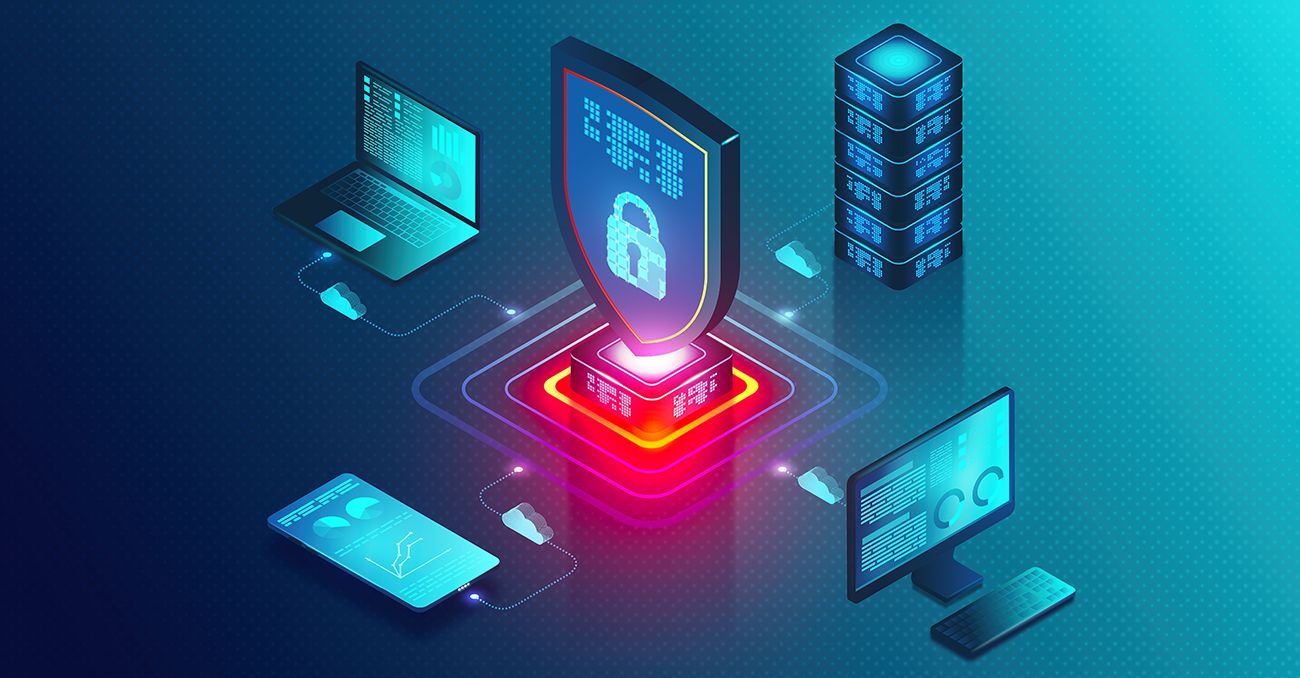
Imagine a library that never forgets a single word ever written in its books. Instead of rewriting the latest edition, it preserves every revision—every scribble, every edit—so anyone can reconstruct the entire story from its beginning. This idea mirrors Event Sourcing in software systems, where every change is recorded as an event, forming a historical log that defines the current state.
When combined with CQRS (Command Query Responsibility Segregation), this approach brings structure to that library—separating those who write the story from those who read it. The result is a microservices design that’s both scalable and maintainable, where updates and retrievals operate independently without interference.
These patterns may sound complex at first, but when understood through clear metaphors and examples, they represent one of the most elegant solutions in distributed architecture today.
The Symphony of Events: Understanding Event Sourcing
Think of a financial ledger. Each transaction isn’t simply a balance rewrite—it’s a recorded event, showing the evolution of an account over time. Event Sourcing works in the same way: instead of storing just the current state of data, it stores every event that led there.
In this model, “state” becomes the cumulative result of all past events. When you want to reconstruct the system, you replay those events like notes in a melody to recreate the music—your current application state.
For professionals aiming to master these advanced architectural concepts, a full stack developer course in Pune can help translate abstract theories like this into real-world implementation across different frameworks.
Event Sourcing offers undeniable benefits:
- It provides an audit trail for every change.
- It makes debugging and rollbacks easier.
- It enables powerful analytics by revealing why things changed, not just how.
The Logic of Separation: Introducing CQRS
CQRS, or Command Query Responsibility Segregation, takes inspiration from the idea that reading and writing are different skills. In software terms, a system’s commands (writes) are separated from its queries (reads).
Traditionally, systems use the same model for both—like using one map for both city navigation and topography. CQRS splits these models, allowing each to evolve independently. The write model focuses on maintaining consistency and validation, while the read model prioritises speed and efficiency.
By decoupling the two, applications gain performance improvements and can scale differently for reading and writing workloads. This is especially valuable in event-driven microservices, where concurrency and high availability are critical.
Event Sourcing and CQRS: A Perfect Partnership
Event Sourcing and CQRS often operate hand in hand. Imagine Event Sourcing as a journal that records everything, while CQRS acts as an editor who ensures that only relevant, well-structured summaries are shared with readers.
When a command modifies data, it produces an event stored in the event log. The read side then processes these events asynchronously, updating projections or read models that can be queried efficiently.
This combination is particularly powerful for systems requiring strong consistency in transactions yet flexibility in scaling reads. Financial applications, e-commerce order systems, and IoT platforms are prime examples of this architecture in action.
Learners in a full stack developer course in Pune often encounter these concepts when studying event-driven design, as they reflect the foundations of modern distributed systems architecture.
Benefits and Real-World Use Cases
The biggest advantage of using Event Sourcing and CQRS lies in adaptability. Developers can roll back system states by replaying events, simplifying recovery and reducing risks.
For example, a logistics company tracking parcel movement could use Event Sourcing to store every update, from dispatch to delivery. CQRS then ensures that queries for customer tracking are lightning-fast while write operations maintain accuracy.
Companies like Netflix, Uber, and Amazon rely on variations of these principles to handle enormous data loads and deliver real-time performance without sacrificing reliability.
Challenges and Best Practices
Like any architectural decision, Event Sourcing and CQRS come with trade-offs. Event stores can grow massively over time, requiring snapshotting strategies to improve performance. Additionally, designing idempotent event handlers—ones that can process the same event multiple times without breaking the system—is essential for resilience.
It’s also crucial to ensure that event schemas remain version-controlled, allowing smooth evolution of system logic as requirements change.
Finally, clear documentation and monitoring pipelines are non-negotiable in maintaining event integrity across distributed services.
Conclusion
Event Sourcing and CQRS embody the art of disciplined design—balancing flexibility with precision. Together, they transform data management from a simple CRUD operation into a rich, traceable story of evolution.
They not only empower systems to scale but also give developers unparalleled visibility into their applications’ lifecycles. For anyone aspiring to architect robust, event-driven microservices, understanding this pairing is essential.
When explored through structured learning, developers can gain both the conceptual clarity and practical experience needed to design systems that are not only functional but future-ready.
